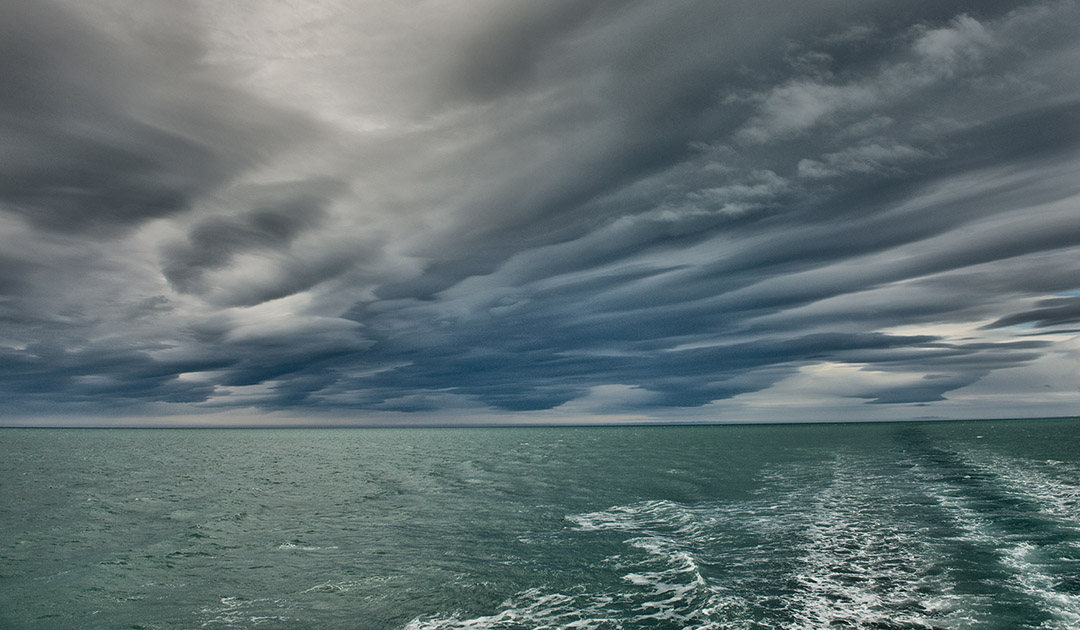
The Svalbard archipelago has been repeatedly hit by extreme rainfall in the last decades, which is very untypical for the rather dry region. Three events with unusually high precipitation occurred in the last ten years alone. A group of researchers has now found that the accumulation of heavy rainfall over Svalbard is related to low sea ice cover east of Greenland. Their study appeared in the journal Weather and Climate Extremes.
Precipitation in the form of rain typically falls over the Svalbard archipelago in short, light showers or as prolonged drizzle. Heavy rains were relatively rare until a few decades ago. But extreme rain has occurred more frequently in the last 40 years, especially since 2012. In Ny Ålesund, for example, the three most extreme rain events in the past decade brought rainfall totals of 66 millimeters per day (2012), 87 millimeters per day (2016), and 98 millimeters per day (2018). All other extreme rainfall events prior to 2012 brought less than 57 millimeters per day.
For easier classification of precipitation amounts: On January 30, 2012, four times as much rain fell in one day as normally falls in the entire month of January. And in October 2016, high rainfall triggered several landslides in Longyearbyen. Ny Ålesund experienced three and a half times the normal amount of rain in July 2018.

The study found that this accumulation of extreme rainfall is not random, but rather related to global warming and the accompanying increase in evaporation, with the loss of sea ice being a major factor in the Arctic.
“The sea ice in the Greenland Sea plays an important role here since it shields the west coast of Svalbard from the southerly atmospheric moisture flow. An extreme precipitation event with a 100-year return value in the 1980s has today a 40-year return value,” Professor Malte Müller of the Norwegian Meteorological Institute tells Barents Observer.
Thus, the greater the extent of sea ice east of Greenland, the more moisture coming from the south is stopped and thus cannot be transported to western Spitsbergen. In years with little sea ice in the region, high amounts of moisture can consequently reach the west coast of Svalbard relatively unhindered, bringing extreme precipitation.
Such precipitation extremes will occur more frequently in the future, Müller predicts. “These events are usually connected to warm spells and thus can have far-reaching consequences for society and the ecosystem,” Mueller said.
Julia Hager, PolarJournal





